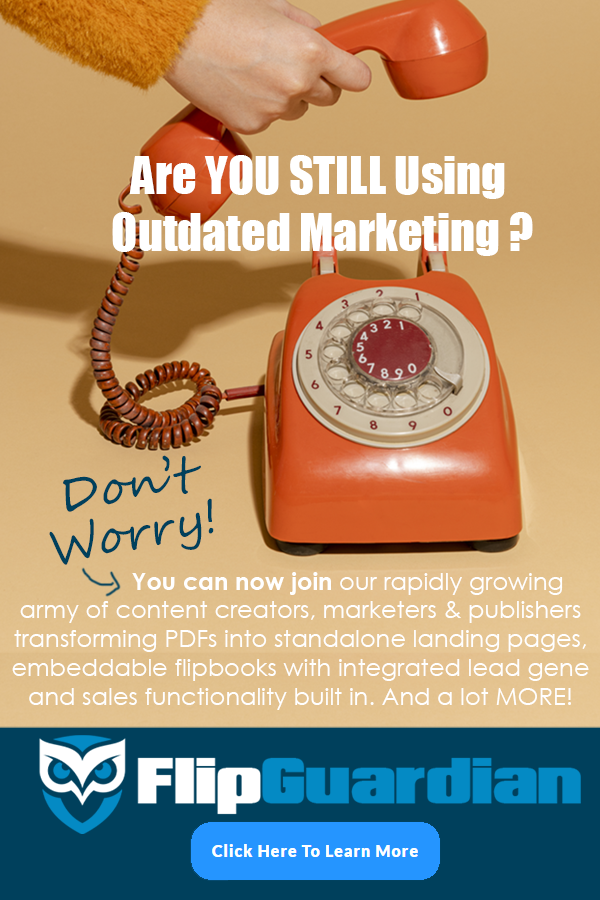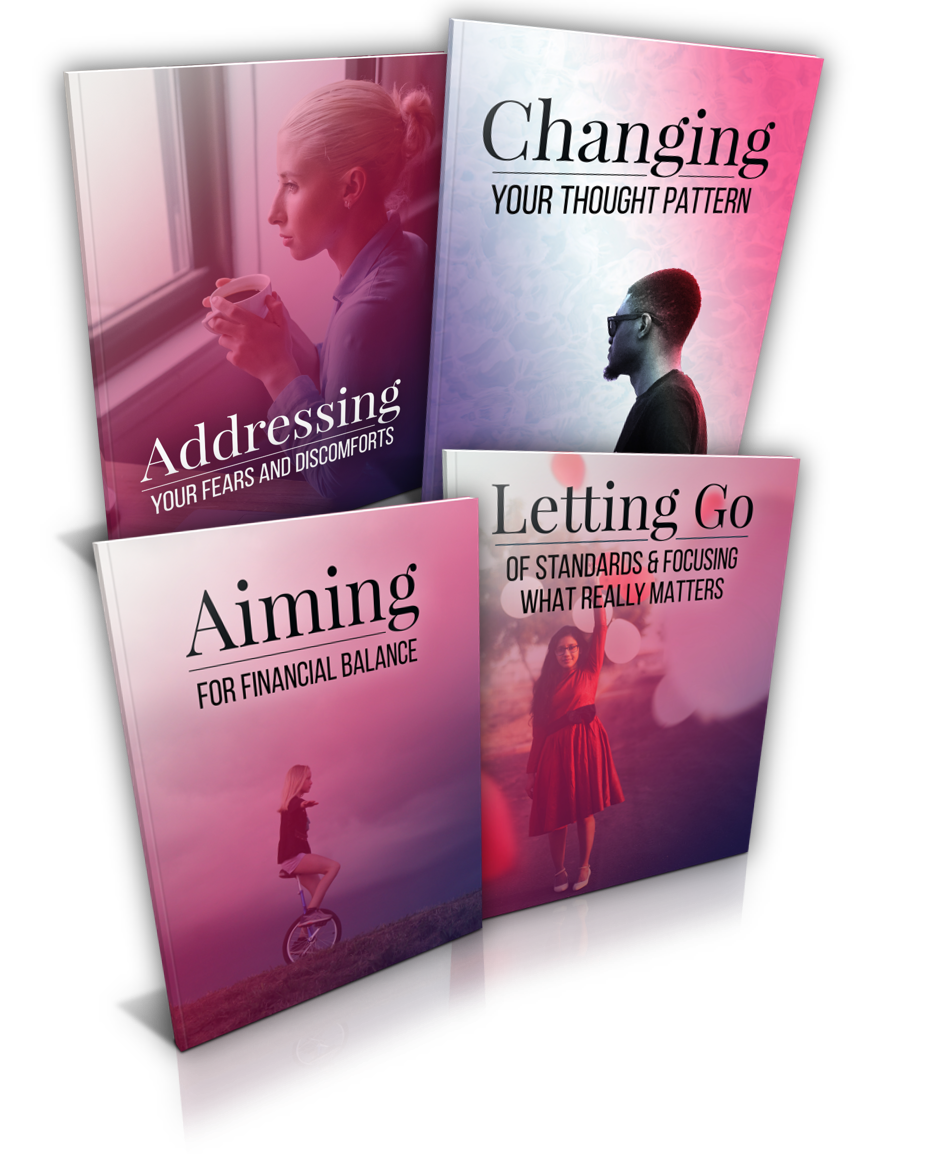Opinions expressed by Entrepreneur contributors are their own.
Almost every day I catch myself doing it. I’m mid-scroll when I realize: I don’t remember how long I’ve been swiping, but what started as catching up on my friends’ summer vacations has led me to a sponsored post.
And, bam! — I’m unconsciously going through the steps to buy some sweet new cycling gear.
I’m ashamed to admit that more often than not, I don’t notice until my finger’s hovering over a product, ready to hit purchase.
I know I’m not alone.
There’s a new TikTok Made Me Buy It listicle almost weekly, YouTube haul videos have become a genre of their own, and with Instagram shifting focus to social commerce, shopping guided by algorithms is about to get even bigger.
Seeing all this hype around how mindless shopping can be, I have to wonder: is this actually good for retailers in the end? Or, with all the glorification, have we ignored the pitfalls? When the stuff we don’t need loses its allure under the harsh light of unfiltered reality — do we all lose out in the end?
At the end of the day, helping retailers achieve a frictionless experience for their customers is my business. But that doesn’t have to mean trapping them into mindless consumption.
Related: 4 Ways to Use AI to Enhance the Customer Experience
How shopping became ambient
In recent years, while we weren’t even paying attention, the way we consume — everything from art to entertainment and arguably, what we eat — has shifted to an ambient model. Now shopping has caught up.
Streaming services like Netflix rely on the passive engagement and mindless consumption of ambient television to keep viewers binging enough that they feel their subscription dollars are money well-spent. In our multi-tasking obsessed world, programming that’s inoffensive enough to binge in the background has become the norm.
In fact, new technologies have changed our listening habits as well. Research shows that multitasking leads us to seek out music that’s either instantly gratifying or easily ignorable.
I’d argue a lot of our shopping has become the same. But it doesn’t have to be this way.
Why consumers should care
It’s time for shoppers to realize that what gets billed under convenience isn’t necessarily in their best interests.
In fact, a global survey of consumers shows only 15% of people were happy with their online shopping experience. Meaning: you may not have to leave your home — or your phone — to get something new, but that doesn’t mean it’s a good experience.
When a purchase doesn’t live up to expectations, our options are living with a subpar product or signing up for the added burden of a return process. In fact, returns have hit an all-time high.
And, from packaging to transport fuel to goods that can’t be resold, the environmental cost of returns adds up. It takes two hundred years for something like a cotton T-shirt to decompose.
I know what you’re thinking — but it’s so easy. Getting caught in an impulse purchase can happen so quickly it almost feels involuntary. But the good news is, there’s something we can do as consumers to fight the urge to ambient shop.
When you feel yourself shifting from scrolling to shopping, take a beat to ask yourself a few fundamental questions: Do I need this? Do I have enough information? Is there a better alternative?
Take a moment to consider and process what you’re doing. Trust me, you’ll never regret a well thought-out purchase.
Related: The Future of Ecommerce Will Focus on Creating Experiences
Why retailers should strive for something better
It would seem that mindless shopping is in retailers’ best interests. But the truth is those aren’t the kind of sales most business owners strive for. Here’s why.
First off, it’s a race to the bottom. Typically, the merchants courting impulse buys aren’t ones with name-brand recognition. Luxury brands like Louis Vuitton aren’t luring in shoppers with Instagram ads. And you don’t want to compete with Amazon and Walmart for convenience and price — they have those markets cornered.
The better tack for small to mid-size businesses (read: not monoliths) is to court long-term, lifetime value.
It costs a lot to acquire a single customer. In fact, it can be up to seven times more expensive to acquire a new customer than to retain an old one.
While acquisition is costly, smart retailers focus on cultivating the kind of customer experience that will have them coming back for more. Loyal customers spend more, and the probability of selling to existing customers is 60-70% — that’s compared to just 5-20% odds of selling to a new shopper.
Smart brands know this and work hard to give their customers the personalization, detail, quality and customer service that keeps them coming back for life.
I think of my recent experience with a local bike shop. When I contacted them for a customer service issue, it was easy, respectful and attentive. The personal service I got won them a lifelong customer.
Extending the lifetime of your relationship is the most valuable thing that you can do as a retailer. Otherwise, you are constantly in acquisition mode, which is the most expensive place to be.
Even as someone who works in ecommerce, by the end of the day, I usually find tabs of carts full of items in my browser. Now, I’ve instated a 24-hour rule. I wait a day before pulling out my credit card. So far, it works like magic.
The good news is there may be a generational shift coming.
While convenience and value are still the main drivers for shoppers, there’s a shift. About 40% of younger shoppers said they’d change their buying behaviors for brands that match their values and deliver top quality.
Mindless shopping, for me, that’s a marketing trick to get sales by casting as broad a net as possible. But a truly frictionless experience makes shoppers feel recognized for who they are, and lets them walk away satisfied. In other words, it’s so smooth, it’s unforgettable.




